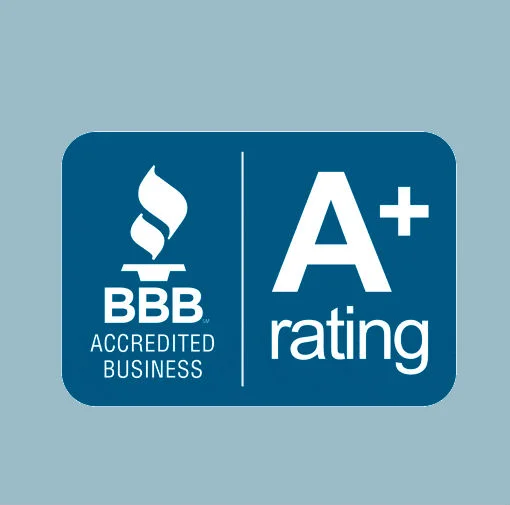[PODCAST] How Hospitals Are Optimizing Their Primary Care Footprints

Take James Robberson’s topic from SHSMD 2018: “Optimizing Your Primary Care Footprint.” Robberson is the Director of Business Development at Littleton Adventist Hospital, and while his topic is important for hospitals across the US, I know that my readers from hospitals, urgent care and primary care clinics, and even independent physicians and physician groups could benefit from the information. Check out my interview with Robberson right here, or keep reading to get my key takeaways.
Optimizing Your Primary Care Footprint: Why It Matters
One of Littleton Adventist Hospital’s biggest business development strategies is to grow its primary care footprint. It serves a community of about 550,000 and the hospital is the central hub, but several ambulatory care clinics also serve the greater community.
So why focus on optimizing the primary care footprint? Well, says Robberson, “This is critical to caring for the population and for creating an integrated care network that will keep patients healthier and support specialized service lines and services provided in the hospital.”
Related: 7 Absolute Musts for Hospitals in the Age of Consumerism
Methods for Primary Care Growth
While there are a variety of methods to expand, Robberson's SHSMD workshop is focused largely on growth through employment. This happens in two main ways:
- You can grow organically, starting new clinics and hiring physicians newly on the market,
- Or you can acquire and grow transactionally.
Readers should take note: while starting a new clinic is often necessary for reaching certain members of the community, acquiring an established clinic with a strong patient database is certainly preferable. This keeps a nearby clinic from competing with the hospital or ambulatory clinic, even while serving the same patient population.
What Does an Ideal Clinic Transition Look Like?
Interestingly, many of the clinics the hospital acquires approach the hospital first, not the other way around. However, the hospital is always on the lookout for groups with good metrics, especially if they’ve worked well together in the past.
While looking at physician groups they may want to bring into the family, says Robberson, the team looks at:
- Reputation - Healthcare is a small world and a poor reputation can follow the clinic.
- Physician leaders - Leadership is a key skill set, and while it may not be a requirement, the hospital needs physicians who can be involved in important discussions as an organization.
- Geographical location and size - Of course, it’s important that a clinic fits into the hospital’s overall strategic plan in terms of growth.
Using Quantitative Information to Determine Next Steps
That last point is important: the geographical location of any ambulatory care clinic is key to the final decision. So how does a hospital use quantitative information available to optimize their footprint, eliminate inefficiencies, and grow the reach of their network?
Where should a new clinic be located? One of the first questions Robberson’s team had to ask is whether patients go to primary care providers close to where they live or where they work.
To answer this question, they started with patient’s electronic health records. EHRs, of course, contain a vast amount of information about a patient, including the home address. His team was able to utilize sophisticated GIS mapping software to visualize the locations of all patients that had visited a given clinic in the past 24 months.
With that info, they were able to create a heatmap, which helped to determine patient’s average driving distance to the clinic. That’s how they determined that most patients live near the clinic they visit, with about 50% traveling only 10 minutes from home.
From there, they could draw the assumption that a new clinic will serve patients within a 15-minute radius. They could look at the heatmap and determine where they anticipate growth to make a plan to expand their reach and determine whether to open new clinics or build upon existing ones.
Tools for Quantifying Patient Data
This is an area where I think all types of healthcare organizations can benefit: analyzing data to determine opportunities for growth. Some tools Robberson listed include:
- EHRs for geographical information related to clinics, which helps build your primary assumptions for mapping.
- Demographic information from companies like Truven Health Analytics.
- Market share information. A lot of states have collections of inpatient admissions that includes geographic information.
- Traffic data, which busy cities and municipalities often publicly share. You can use traffic data to determine visibility from a marketing perspective. For example, how many cars drive by an area on a daily basis?
- Permitting data for new housing and neighborhoods. This is information that may not show up in demographic projections from non-local sources.
- GIS information to pull coordinates of locations for complex aggregation to understand the tendencies of your local population, available from software such as ESRI and Maptitude.
In the end, for organizations looking to grow, Robberson has this advice:
“There’s no perfect answer. Whenever you pull information like this, people tend to question the data. But what I always like to go back to is that some information is almost always better than no information. What we’re trying to do isn’t necessarily to give the exact correct answer, but to figure out which answers are better than others”
Related Articles:
[PODCAST] The Secret to Better Care in the Changing World of Healthcare
[PODCAST] The Patient Voice: Incorporating Feedback into Your Strategies
Major Healthcare Consumerism Shifts You Need to Embrace Now for Marketing
Fixing Major Pain Points: State of Digital Healthcare Marketing [Podcast]
High-Impact Marketing Strategies for Hospital-Owned Practices and Ambulatory Services









